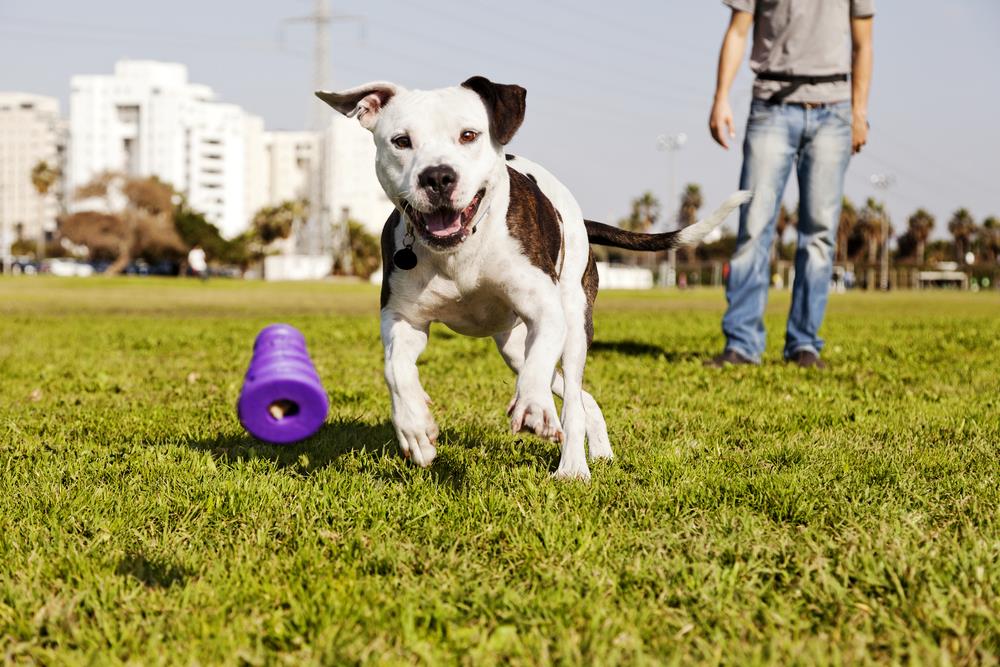Understanding the Importance of Outdoor Spaces for Pets
Pets, like humans, thrive with access to natural environments. Studies show that outdoor spaces can contribute significantly to pets’ physical and mental health. Exposure to fresh air, sunlight, and the opportunity to engage in natural behaviours can reduce stress, obesity, and behavioural issues in pets.
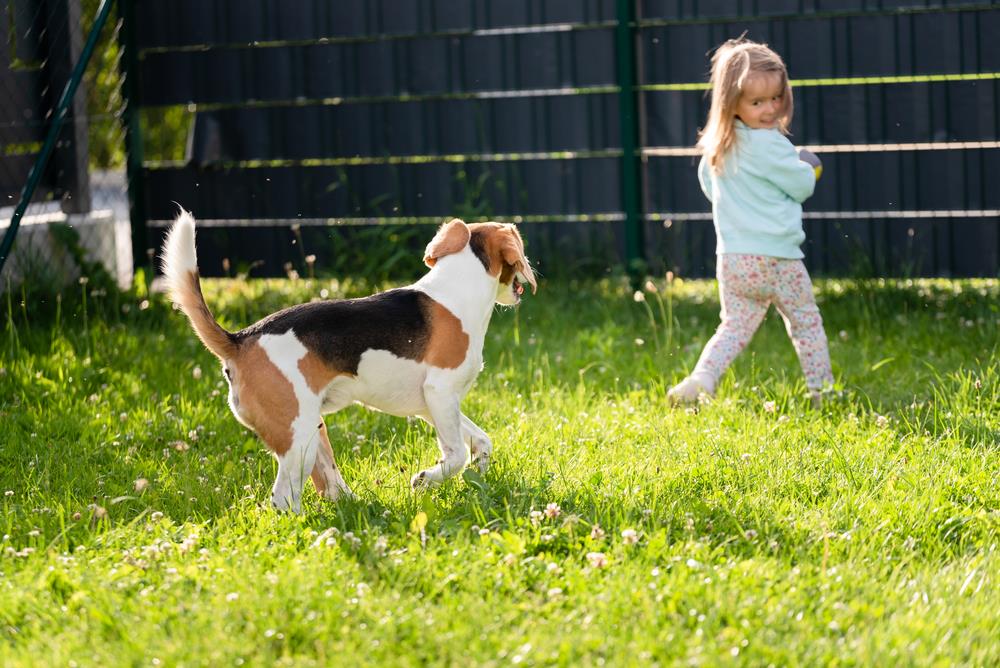
Types of Outdoor Spaces for Pets
Outdoor spaces for pets can vary greatly, depending on the living arrangement and the species of pet. Common outdoor spaces include:
- Backyards: These offer ample space for pets to run, play, and explore.
- Balconies: While smaller, they can be equipped with pet-friendly plants and furniture for pets to enjoy.
- Shared gardens: Ideal for socialising pets, but require vigilance for pet safety.
It’s vital to ensure these spaces are safe and suitable for your pet’s specific needs.
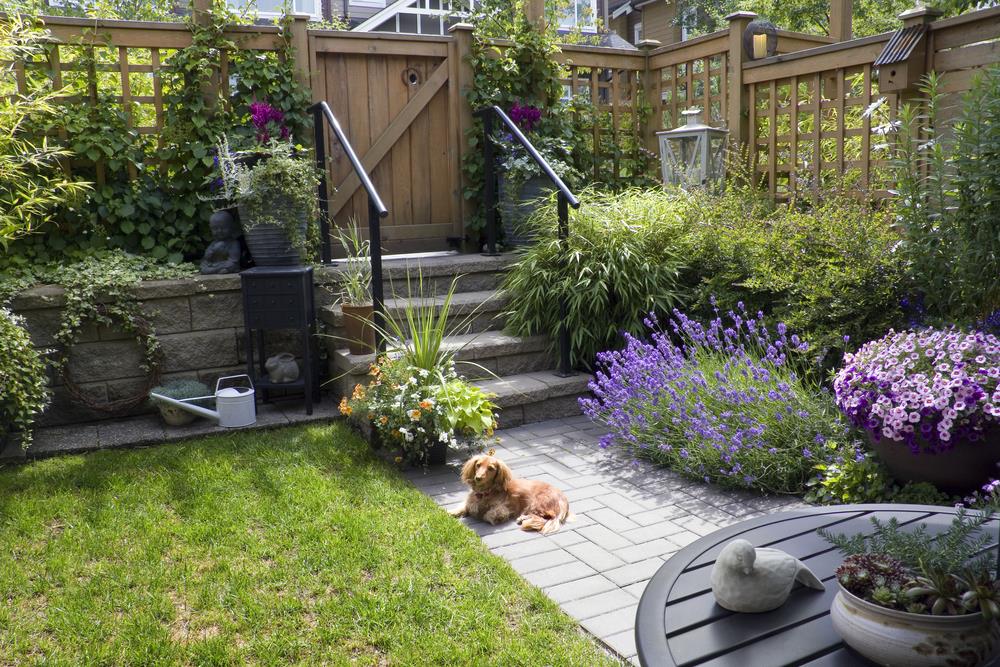
Assessing Your Pet’s Needs and Preferences
Understanding your pet’s unique requirements and preferences is an integral aspect of pet ownership. Behavioural patterns and habits can offer significant insight into your pet’s overall well-being and happiness. For instance, changes in appetite, lethargy or unusual behaviours could be signs of health issues.
Factors to Consider Based on Different Types of Pets
Every pet species has specific needs and preferences. Dogs, for instance, require regular exercise and social interaction. Cats, on the other hand, value their independence and have distinct dietary needs. Rabbits need a diet rich in hay and require safe environments to exercise and play.
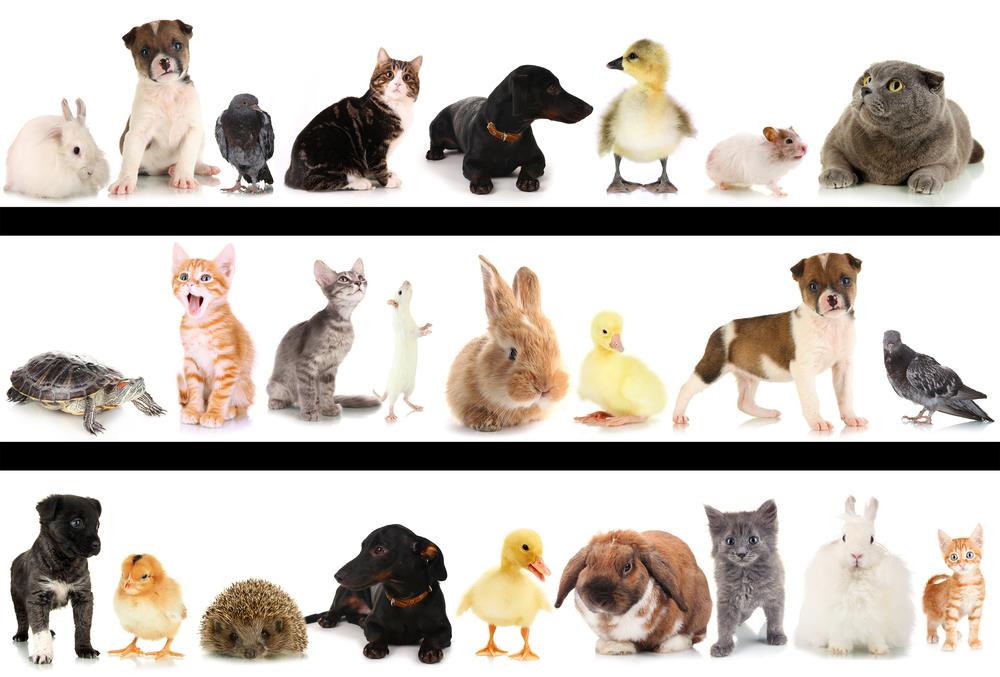
It’s important to research and understand the unique needs of your pet to ensure their health and happiness. This understanding allows for a stronger bond and a more harmonious relationship between you and your pet.
Essential Elements of a Safe Outdoor Space
Creating a secure outdoor environment for your pets involves careful planning. The primary consideration should be fencing. Fences not only keep your pets within your property but also prevent other animals from entering. Choose a height and design that your pet cannot jump over or dig under.
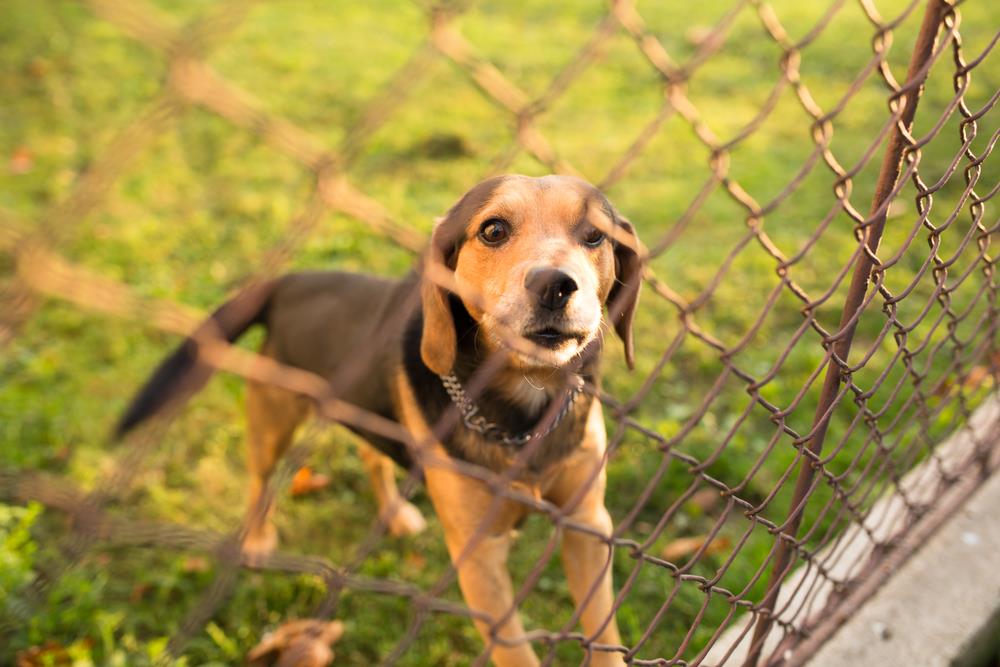
Importance of Physical Structures
Alongside fencing, the presence of physical structures for play and exercise is vital. These could include climbing frames, tunnels, or even a simple ball for them to chase. Such structures provide both physical and mental stimulation, contributing to your pet’s overall well-being.
Shelter and Shade
Lastly, providing adequate shelter and shade is vital, especially during Australia’s scorching summer months. The shelter should be sturdy, dry, and comfortable for your pets to rest.
Choosing the Right Fencing and Enclosures for Your Pets
When it comes to creating a safe outdoor space for your beloved pets, choosing the appropriate fencing and enclosures is paramount. The type of fencing you choose depends largely on the breed and size of your pet, as well as their habits and behaviours.
Types of Fences and Their Pros and Cons
Various types of fences exist, each with its strengths and weaknesses. For instance, wooden fences offer privacy but may not be the best choice for pets prone to chewing. Metal fences are sturdy, but smaller pets could slip through the gaps. Meanwhile, chain-link fences are both durable and cost-effective, but some pets might be able to climb them.
Importance of Height and Durability of Fences
The height and durability of your fence are critical factors to consider. Taller fences are necessary for pets that can jump high or climb, while durable fences are essential for pets that chew or scratch.
Other Types of Enclosures
For smaller pets or those that can climb, other types of enclosures such as pet playpens or kennels might be more suitable. These provide a safe and confined space for your pet to play and roam freely.
Providing Adequate Shelter and Shade
For the comfort and safety of your pets, providing adequate shelter and shade in your outdoor space is paramount. This safeguards them from extreme weather conditions like scorching sun, rain, or wind. A study by the Bureau of Meteorology shows that Australia often experiences extreme weather, making it essential to provide suitable shelters for pets.
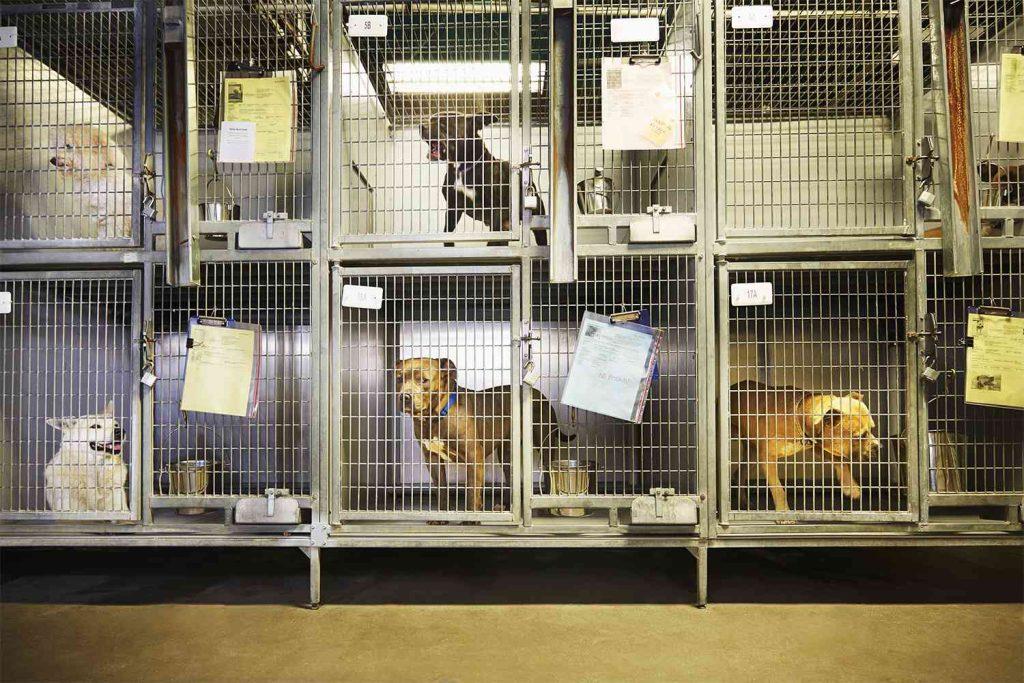
There is a wide range of shelters available, from simple canopies to customized pet houses. When choosing a shelter, consider the pet’s size, preferences, and the weather conditions in your area.
Ensuring Shade Availability
To prevent overheating, which can lead to conditions like heat stress, it is vital to ensure shade availability in your outdoor space. This can be achieved by constructing pergolas, planting trees or installing shade sails.
By providing a well-shaded area, you not only keep your pets cool but also promote their overall wellbeing. Remember, a cool pet is a happy pet.
Ensuring Access to Fresh Water and Food for Your Outdoor Pets
Proper hydration and nutrition are fundamental to the health of pets spending time outdoors. As per RSPCA Australia, pets, like humans, can suffer from dehydration and malnutrition.
It is essential that pets have continuous access to fresh water, especially in hot weather. A pet’s water supply should be clean and free from bacteria.It is recommended to change the water in your pet’s bowl daily to prevent bacteria build-up.
When it comes to feeding your pet outdoors, there are various options for pet feeders. An automatic pet feeder can ensure regular meals for your pet, even when you’re not around. Additionally, a protective cover can keep the food fresh and safe from pests.
By prioritising your pet’s hydration and nutrition, you are creating a safer outdoor environment for them.
Landscaping and Plants: Safety Considerations
When designing your outdoor space, it’s paramount to consider pet safety. A significant aspect of this involves the choice of plants and landscaping elements. Some plants, like oleander and lilies, can be toxic to pets and pose serious health risks.
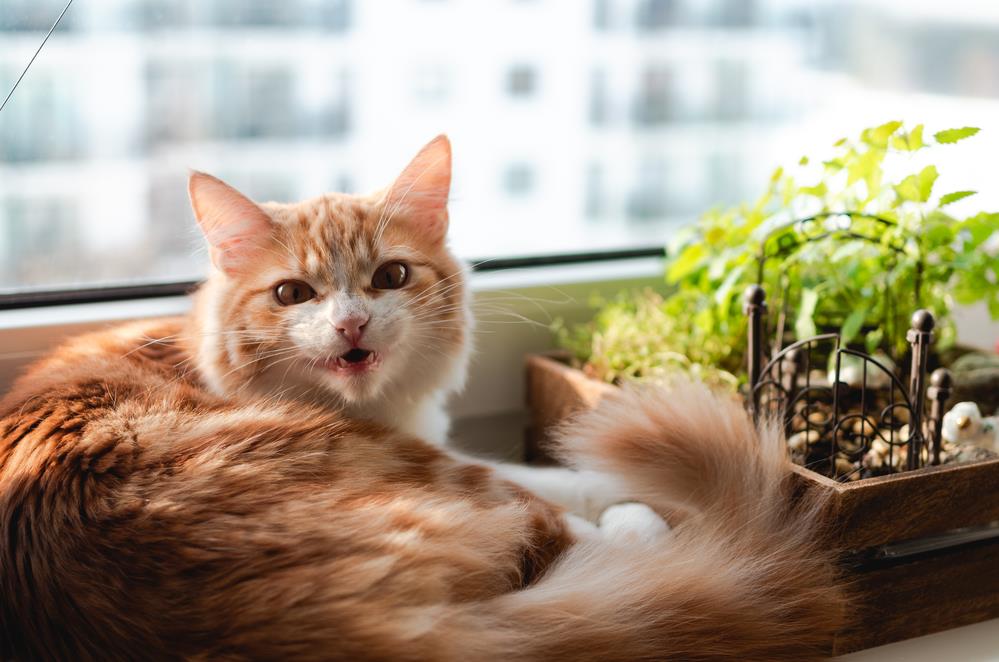
However, there’s no need to forego greenery in your garden. There are numerous pet-safe plants that can add beauty to your outdoor space without endangering your furry friends. Plants such as Spider plants, Boston ferns, and Areca palms are generally safe for pets.
In addition to plants, consider the safety of other landscaping elements. Avoid using chemicals and pesticides that could harm your pet and opt for pet-friendly mulch and fertilisers.
Recommendations for Pet-Safe Landscaping
- Choose non-toxic plants and shrubs for your garden
- Avoid using chemical pesticides and fertilisers
- Use pet-friendly landscaping materials such as pebbles instead of cocoa mulch
Regular Maintenance and Safety Checks for Pet-Friendly Outdoor Spaces
To ensure a safe outdoor space for your pets, regular maintenance and safety checks are imperative. Potential dangers can lurk in the most unexpected places, such as broken fences and harmful objects that can cause injuries or escape routes. It’s crucial to carry out thorough inspections to identify and rectify these issues promptly.
Maintaining Cleanliness of Outdoor Spaces
Keeping outdoor spaces clean is a significant factor in pet safety. Regularly remove pet waste, ensure bins are secure, and frequently sweep to avoid build-up of potentially harmful materials. Clean water sources are also essential to prevent ingestion of harmful bacteria.
Performing Regular Safety Audits
Regular safety audits, suggested by The Department of Agriculture, Water and the Environment, ensure ongoing safety for your pets. Audits involve checking for potential hazards, verifying fence integrity, and ensuring cleanliness standards are met. This proactive approach helps maintain a safe, enjoyable outdoor environment for your pets.
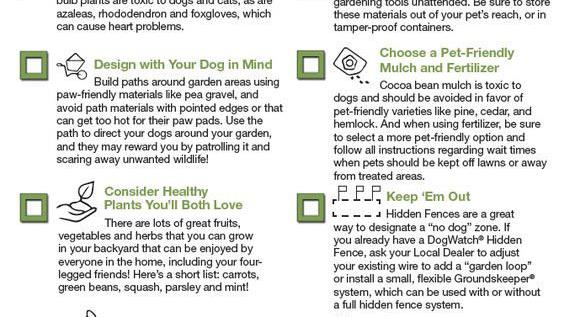
.

